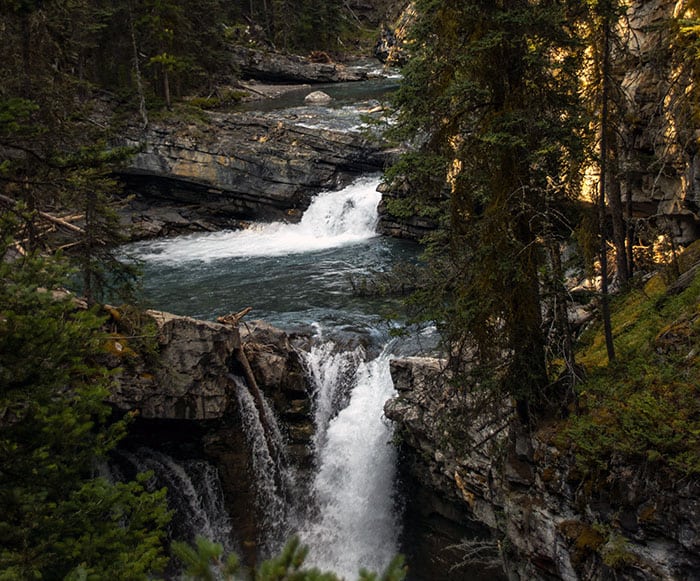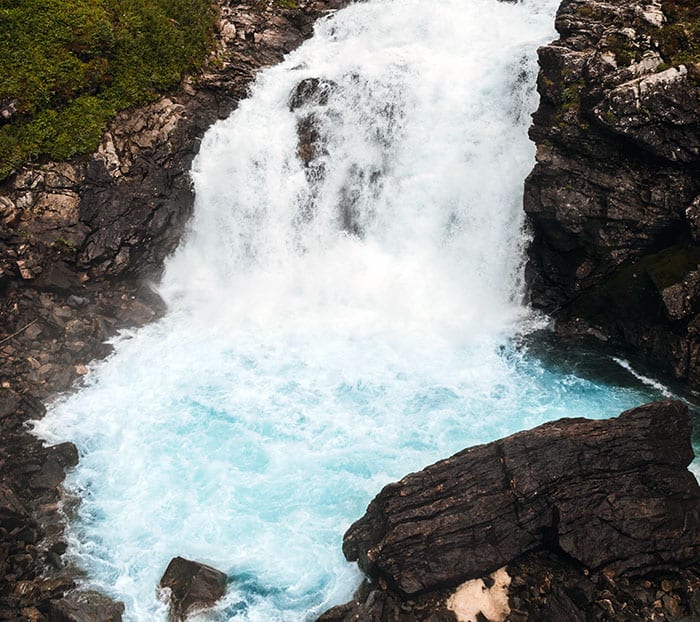Water that’s clean and safe to drink is essential for human and animal life. To exist, every person on the planet needs between five and 13 gallons of water per day for drinking, cooking, and bathing. Polluted water can contain deadly bacteria and chemicals, which can cause immediate illness or diseases in the future.
Aquifers are a major source of safe water, supplying about 60 percent of all of the water humans use. Aquifers are also an important source of water for crop irrigation. Aquifers consist of layers of rock under the ground through which groundwater moves in a purification and recharging process.
What Is Groundwater?
Just as it sounds like, groundwater is water that lies below Earth’s surface. Sometimes, it’s possible to access this water easily because it’s close to the surface, but sometimes, groundwater is deeper and harder to locate.

The water at the deepest spots may be 100 or even 1,000 years old. There is more groundwater in the earth than the amount of water flowing in all of the world’s rivers and lakes combined.
The Water Cycle
The water cycle includes evaporation, condensation, and precipitation. Evaporation happens when water in rivers, lakes, and oceans turns into water vapor. Next, the water vapor condenses and becomes clouds full of water and other particles. Next, the clouds release precipitation in the form of hail, rain, or snow.

The natural water cycle includes groundwater. As precipitation falls onto the ground, it soaks down into the subsurfaces. Gravity and pressure pull some of this water downward through the soil until it eventually gets to rocks. As the rocks are saturated with water, the groundwater is recharged.
This recharged water eventually seeps into ponds, streams, lakes, and oceans. When the water emerges back into these bodies of water, the water cycle continues.
What Are Water Aquifers?
To keep the water cycle moving, groundwater needs to continue moving. Underground aquifers help to move and direct groundwater, often speeding up the process by helping the water move more freely. Aquifers are made of various types of rocks, such as gravel, sandstone, and limestone. Water tends to move more freely through these types of materials because there is more space between the pieces.
Aquifers can be divided into two types: unconfined and confined. An unconfined aquifer sits under a permeable layer of soil and is connected directly to the surface. A confined aquifer has a layer of impenetrable rock above it and below it; if you drill into it, the pressure of the layers of rock will cause the water to be pushed up to the surface.

Aquifers can be wide or narrow, thin or very thick. Aquifers can be so big that they cover thousands of miles in multiple states. Aquifers that have enough water moving through them at a fast enough rate can sustain drilled wells, which allow people to take water out of the aquifers.
A well pumping water out of an aquifer will influence the overall water level of the aquifer. It’s important not to remove more water than is replenished from groundwater. If too much water is taken from a well connected to an aquifer, the well might go dry and stop producing water.
Water Conservation
Water conservation is important to help protect the groundwater we need to live. Everyone can take steps to conserve water in their daily lives. Turn off the water when you’re brushing your teeth and washing your hands. Never let the water run for an extended period of time.

If faucets or fixtures drip, fix the leaks right away. Take shorter showers, and avoid taking baths. Don’t run the dishwasher or the washing machine unless you have a full load. Plant native plants in your yard so you won’t have to water them as much. If you do have to water your landscape, water early in the morning or late in the evening when it’s cooler.
Always obey local watering rules and restrictions as well. As much as possible, reduce the amount of chemicals you use around your home, and always dispose of chemicals properly. Pouring chemicals down the drain can lead to groundwater contamination.
